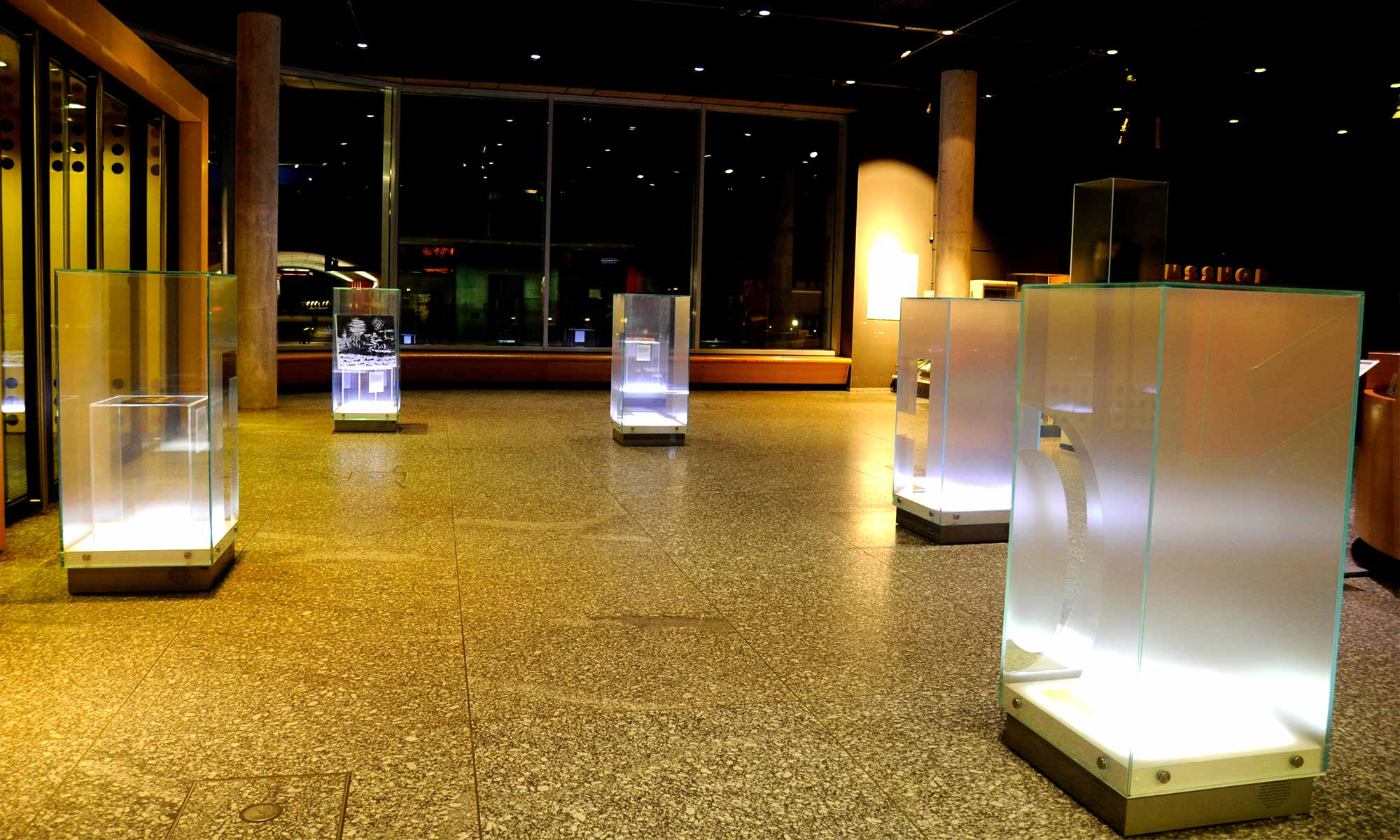A text from Zeina Elcheikh
„Museum objects already often hold the potential for telling new memory stories, and especially for making connections between continents and between times, thus allowing for objects to be re-presented into new, perhaps more connective, displays.“
Sharon Macdonald*
Political instability and armed conflicts have ravaged several countries, creating a tragic picture of trauma and hopelessness. These turbulent situations have also been accompanied by a flood of people seeking a safe haven, peace and dreams, out of and far away from their home(s). The flow of refugees and asylum seekers, that has struck Europe in general and Germany in particular, has not only stormed the political scenery with debates of pro and contra. It has also reached the social and cultural landscape, generating a complex and, sometimes, polarized questions of rights and belonging.
Today, the wave of newcomers in Baden-Württemberg is adding a new chapter to the state’s modern history. They are telling diasporic stories of survival. These narratives are gathered to produce a voice for refugees and asylum seekers, through the exhibition „Überlebensgeschichten von A bis Z“ in Haus der Geschichte Baden-Württemberg. A display that goes beyond the conventional dominion of museum collections.
Why looking at a used pair of shoes? What is interesting in a mobile prepaid SIM card? What is so special about a secondary school certificate? 26 objects with 26 unusual stories are being showcased. Despite the different origins and backgrounds, the exhibited objects share two aspects. First, the foreignness of the objects originating from the old Heimat to their new context. Second, the location of the new meaning(s) of „being here“. Both are creating a floating realm of „placelessness“, where a lot is taking place. Home and memory are trying to settle down. Connections and links are seeking to intensify and extend.
The participatory exhibition „Überlebensgeschichten von A bis Z“ and its accompanying tours curated by the „survivors“ themselves generate a new channel of communication: a sort of discourse expanding through time and space. A dialogue with two facets: bonding the several groups of newcomers together, and bridging them with the new milieu.
Refugees and asylum seekers share the same experience of escaping death and hopelessness. This drastic experience strongly bonds them together, beyond any arguments of color, ethnicity, belief or political view. On the other hand, and despite the strangeness of language and culture, bridges are being built. The host community itself, knew what the smell of death and horror is like, and what surviving does mean. To ask again: Why looking at a used pair of shoes? What is interesting in a mobile prepaid SIM card? What is so special about a secondary school certificate? It is not about looking and hearing. It is about seeing and listening.
What will happen to the survivors and their objects? Only time could tell. Yet, there will still be stories to tell about people and objects, and how surviving can bond and bridge.
* Sharon Macdonald (2013), Memorylands: Heritage and Identity in Europe Today, Routledge.
Zeina Elcheikh is a PhD-student at Stuttgart University and works as a guide at the Haus der Geschichte Baden-Württemberg. She supported the exhibition project as a translator.
